Here’s The Qui-gon And Obi-wan Vs Darth Maul Fight From Phantom Menace But Tracked To Gimme Gimme Gimme
here’s the qui-gon and obi-wan vs darth maul fight from phantom menace but tracked to gimme gimme gimme by abba
More Posts from Frauwaz and Others










The Apex of Good Taste (Owen Jones’ Grammar of Ornament)
“Grammar of Ornament was Owen Jones’ design masterpiece. First published in 1856, the lavish folio highlighted stunning patterns, motifs and ornaments in 112 illustrated plates.Each intricate illustration explored design principles behind the architecture, textiles, manuscripts and decorative arts of 19 diverse cultural periods, with a final chapter revelling in the glory of the natural world.Grammar of Ornament was a monumental publishing project that achieved standards of colour printing never seen before. It is still in print 150 years later, testament to its enduring design appeal.“
Sample Contents:
1. Arabian
2. Indian
3. Illuminated
4. Greek
5. Egyptian
6. Chinese
7. Celtic
8. Byzantine
9. Renaissance
10. Pompeiian

Ammonite Cabochon via fossilatelier
Sometimes I’m looking for something online - often “how to” articles - and I want to filter for - like - a website that was clearly built in 2010 at the latest, which may or may not have been updated since then, but contains a vast wealth of information on one topic, painstakingly organized by an unknown legend in the field with decades’ worth of experience. I don’t want a listicle with a nice stolen picture in a slideshow format written by a content aggregator that God forgot. I want hand-drawn diagrams by some genius professor who doesn’t understand SEO at all, but understands making stir-fries or raising stick insects better than anyone else on this earth. I don’t know what search settings to put into Google to get this.

Mimimimí. Pripiguindi wiki.








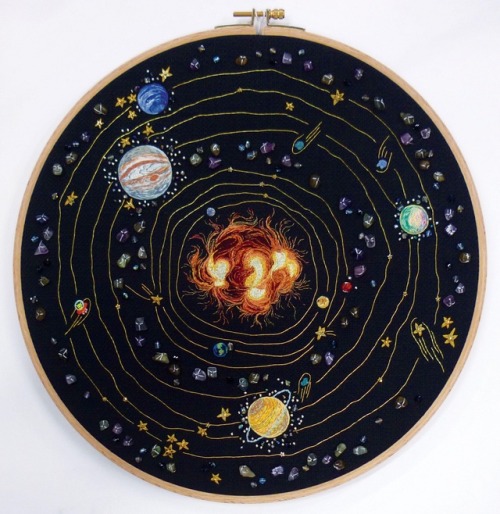
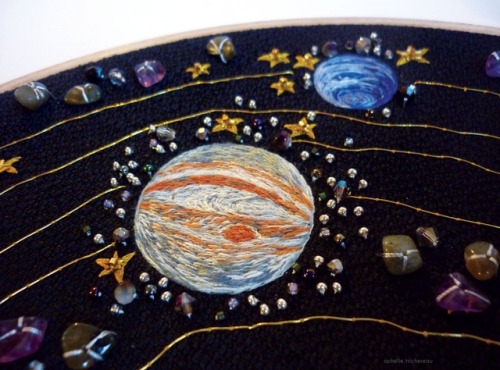
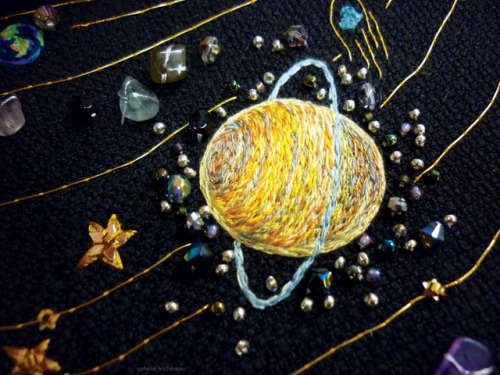
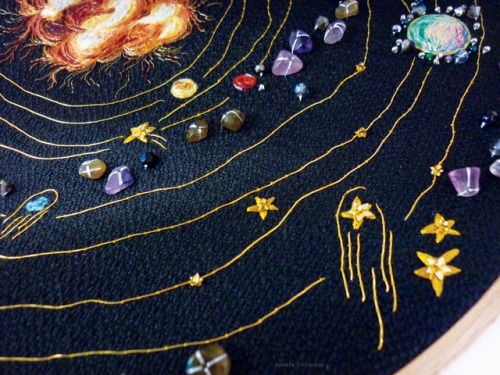


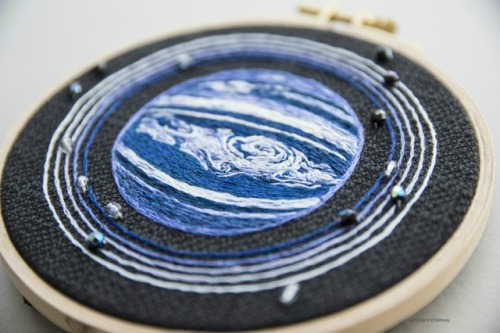



Solar System and Planets Embroidery, by Ophelie Trichereau on Etsy
See our ‘embroidery’ tag






Calanthe: *big dick energy*
Eist: (♥‿♥)
Se acaba de filtrar el post de alguien por tener la palabra clave «Luke» y es la primera vez que al abrirlo se trataba del Lucas evangelista y no del trotacielos.










VICTORIAN PUBLISHER’S BINDINGS
Advances in printing technology and the development of cloth covers made it possible for Victorian book publishers to issue limited editions of popular titles with ornate cover decoration. The elaborate designs were mechanically stamped on colored fabric and the lettering often embossed and gilded. Packaged in a velvet-lined slip cover, these gift books were intended more for display than actual perusal. For daily reading materials, Victorians of all classes borrowed books from private lending libraries.
-
 jetiana reblogged this · 3 weeks ago
jetiana reblogged this · 3 weeks ago -
 merrylordofmisrule reblogged this · 3 weeks ago
merrylordofmisrule reblogged this · 3 weeks ago -
 commonblackbird liked this · 4 weeks ago
commonblackbird liked this · 4 weeks ago -
 runic-dreamer reblogged this · 1 month ago
runic-dreamer reblogged this · 1 month ago -
 runic-dreamer liked this · 1 month ago
runic-dreamer liked this · 1 month ago -
 the-name-is-loser reblogged this · 1 month ago
the-name-is-loser reblogged this · 1 month ago -
 the-name-is-loser liked this · 1 month ago
the-name-is-loser liked this · 1 month ago -
 tsijiari reblogged this · 1 month ago
tsijiari reblogged this · 1 month ago -
 jakobslock liked this · 1 month ago
jakobslock liked this · 1 month ago -
 checkerboards liked this · 1 month ago
checkerboards liked this · 1 month ago -
 commiefaggoth liked this · 1 month ago
commiefaggoth liked this · 1 month ago -
 0call-me-rin0 liked this · 1 month ago
0call-me-rin0 liked this · 1 month ago -
 jade-95211 liked this · 1 month ago
jade-95211 liked this · 1 month ago -
 critical-eltyn reblogged this · 1 month ago
critical-eltyn reblogged this · 1 month ago -
 fkyeahmultifandomedits reblogged this · 1 month ago
fkyeahmultifandomedits reblogged this · 1 month ago -
 lumivies liked this · 1 month ago
lumivies liked this · 1 month ago -
 spicytango reblogged this · 1 month ago
spicytango reblogged this · 1 month ago -
 sulfur-and-rain reblogged this · 1 month ago
sulfur-and-rain reblogged this · 1 month ago -
 sulfur-and-rain liked this · 1 month ago
sulfur-and-rain liked this · 1 month ago -
 jade-efflorescence liked this · 1 month ago
jade-efflorescence liked this · 1 month ago -
 soydenissepetit reblogged this · 1 month ago
soydenissepetit reblogged this · 1 month ago -
 soydenissepetit liked this · 1 month ago
soydenissepetit liked this · 1 month ago -
 elegantdonutwagonfestival reblogged this · 1 month ago
elegantdonutwagonfestival reblogged this · 1 month ago -
 brightsuzaku liked this · 1 month ago
brightsuzaku liked this · 1 month ago -
 sirennamedkore reblogged this · 1 month ago
sirennamedkore reblogged this · 1 month ago -
 sirennamedkore liked this · 1 month ago
sirennamedkore liked this · 1 month ago -
 burntuptrash liked this · 1 month ago
burntuptrash liked this · 1 month ago -
 stormsfordragon reblogged this · 1 month ago
stormsfordragon reblogged this · 1 month ago -
 mementosblog liked this · 1 month ago
mementosblog liked this · 1 month ago -
 autumn-foxfire reblogged this · 1 month ago
autumn-foxfire reblogged this · 1 month ago -
 acactusking reblogged this · 1 month ago
acactusking reblogged this · 1 month ago -
 i-drink-and-i-meme-things liked this · 1 month ago
i-drink-and-i-meme-things liked this · 1 month ago -
 laramochi liked this · 1 month ago
laramochi liked this · 1 month ago -
 addiglessthanthree reblogged this · 1 month ago
addiglessthanthree reblogged this · 1 month ago -
 mynameisntmomanymoreiguess reblogged this · 1 month ago
mynameisntmomanymoreiguess reblogged this · 1 month ago -
 eviichee reblogged this · 1 month ago
eviichee reblogged this · 1 month ago -
 lucinata liked this · 1 month ago
lucinata liked this · 1 month ago -
 lucinata reblogged this · 1 month ago
lucinata reblogged this · 1 month ago -
 itsybitsylemonsqueezy liked this · 1 month ago
itsybitsylemonsqueezy liked this · 1 month ago -
 mxdirkpitt reblogged this · 1 month ago
mxdirkpitt reblogged this · 1 month ago -
 nimrodelnenya reblogged this · 1 month ago
nimrodelnenya reblogged this · 1 month ago -
 ragefear reblogged this · 1 month ago
ragefear reblogged this · 1 month ago -
 faiakishi liked this · 1 month ago
faiakishi liked this · 1 month ago -
 mercurymiscellany reblogged this · 1 month ago
mercurymiscellany reblogged this · 1 month ago -
 merrylordofmisrule liked this · 1 month ago
merrylordofmisrule liked this · 1 month ago -
 paperengi liked this · 1 month ago
paperengi liked this · 1 month ago -
 emmy7mint liked this · 1 month ago
emmy7mint liked this · 1 month ago -
 brucespringsteendotorg liked this · 1 month ago
brucespringsteendotorg liked this · 1 month ago








